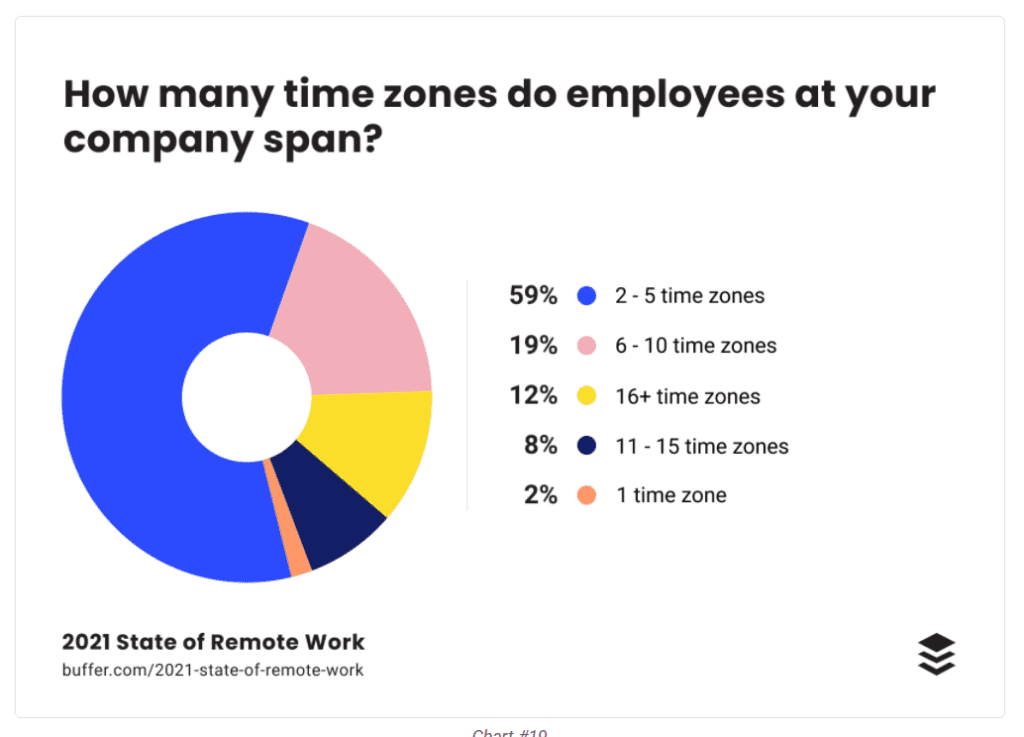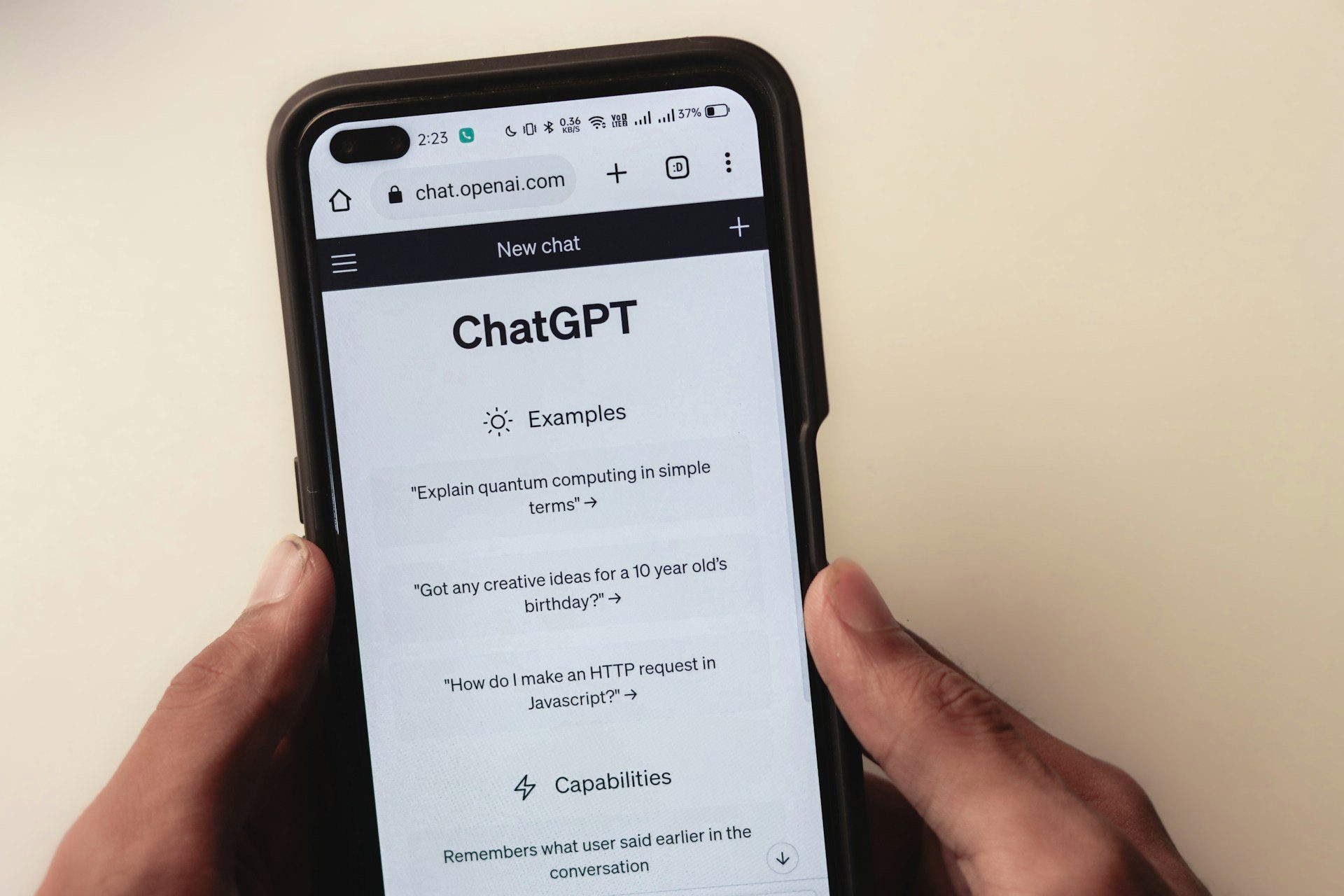Working remotely doesn’t mean loneliness or a lack of team bonding and creativity! Trust me.
Take this above image as an example: here’s Raquel, our master of customer success testing the boy’s might with some Gringo Killers. 😜 Yes, you don’t get to have drinks EVERY Friday, but when you do eventually meet up, it’ll be so awesome and special!
With this in mind, we’re not going to be covering the basics that most hybrid or temporary remote companies experience, but rather the nitty-gritty realities and cultural differences of fully remote teams. Take it from someone who transitioned from a temporarily/hybrid remote company to a fully remote company – there are a lot of differences!
In this article
Tips for adjusting to working from home
Adjusting to working from home is not all that straightforward, but for us that have built up our skill sets to allow for it, it is well worth the effort. You will discover unprecedented work-life balance and career satisfaction. Below are four tips I have found extremely helpful for managing my day and ensuring my productivity does not dip even though every day could easily turn into another personal day.
Embrace and celebrate async communication

It takes a while to get used to not being able to walk over to someone’s desk and ask how long before they hand over their deliverables. So, if you want to enjoy your work from home, you have to master the art of asynchronous communication. You won’t always have the answers you want, exactly when you need them. Your colleagues might prefer working late and sleeping in, so you might work during the day without some of the feedback you need (and vice versa). In my case, working from Sydney, Australia there’s a 12+ hour time difference.
However, there are A LOT of benefits to asynchronous communication. The themes you’ll often hear remote-evangelists talk about is Deep Work and focus time. Beyond this, my written communication has improved 10-fold. Why? I know there can be hours or days between sending messages and receiving replies. If the message recipient doesn’t understand your request or comment, this can easily add DAYS to your project completion date. This is DAYS extra, for a simple clarification question that would normally take a few minutes to discuss.
When faced with this possibility, you very quickly learn how to communicate effectively, with no ambiguity, and with clear instructions. Some things to include in your message are:
- Action: what’s the action you desire from the message recipient?
- ETA: when do you need their reply or action?
- Ambiguity: is there an alternative way to interpret this message? Read it again and double-check this!
- Next steps: does the person have all the tools necessary to action potential next steps? Passwords, URLs, admin permissions.
Mix it up: change your work setting!
A helpful productivity boost is to take your laptop on the road.
It’s easy to get too comfortable in your home environment. If you take a trip down to the local library. I can’t explain it, but new places are a pattern disruptor, and you can trick yourself into working a little harder from them. Plus sipping on a late at a lovely open-air coffee shop is a nice reminder that remote work rocks.
Outside is also a great place to meet people. In the past I’ve arranged weekly sessions where I sit with a group of remote workers in silence, and we work alone together. I find these 5-hour sessions extremely productive. I don’t know if it’s the ritual, or the social pressure to not leave early, or that when I look at everyone with their heads buried in their laptops I get this feeling that this is a place for concentration and effort. After everyone gets drinks. Co-working spaces give off a similar vibe.
Enjoy your life!

Work:life balance is the main perk of remote working. The other reason it helps to work in blocked time is that if you can successfully separate work and home life you’ll get to enjoy your free time with zero thoughts of work on your mind. 27% of remote workers in the Buffer 2021 State of Remote Work report said that “Not being able to unplug” was their biggest issue.
You’ve likely already experienced while working between home and the office, but once you go fully remote you need to find a routine that works for you. Whether that’s 7 – 3, 9 – 5, or the 4-hour workweek, I couldn’t say. It’s your freedom, and you are free to try “Weekend Wednesdays” sleep-in in winter or have a siesta in the middle of the day.
Take ownership of your time management

Once you transition to fully remote work you are responsible for your own work/life balance. No one will allocate and protect your time for you. Remote workers need to be more disciplined and actively planning how they manage time and communication to ensure that tasks get done. This doesn’t mean following a rigid schedule though!
One of the best ways to get work done from home is to block out time for deep work. Deep work involves setting aside a time when you eliminate all distractions and focus solely on your work. At tl;dv we have “silent library” sessions, where we deep-dive into work on a Google Meet hangout, in silence! It helps if your environment isn’t distracting, so try allocating a room or a corner as your home office and making yourself unavailable to your family during these blocks.
How are fully remote teams different?
There’s a huge difference between how fully remote and hybrid (or even temporarily remote) culture. You might be reading this and think I’m exaggerating these facts. Just wait until you begin your fully remote career and then come back to me! Here are some of the biggies:
Trust
Trusting each teammate to carry their weight is a big part of fully remote teams working successfully. You have to do your work trusting that everyone else will come through on theirs. This means that remote companies usually hire based on trust, cohesion, and harmony. It might be a little rocky in the beginning as you’re likely setting up a lot of processes and aligning without any face-to-face interaction.
However, once you get everything in alignment, you’ll understand the meaning of a well-oiled machine! It’s funny how even though people might not talk, you still know that you can rely on them to get things done and be there for you when you need a hand!
Documentation

Proper documentation is the heart and soul of any remote team. Without it, everything will fall apart. Because everyone is working at their own pace, at all kinds of weird hours, there needs to be something to harmonize the workflow.
When you can’t ask where the files you need are saved by screaming across the room, you need to be able to access a central information hub and get the info you need even if your colleague is out to the skatepark with their dog. You’ll likely get to know apps and platforms like Guru, Notion and Google Docs.
A remote team operates at its best when team members can discover and intuitively understand the info they need to get their work done. Investing in a team or project management dashboard could make all the difference in how much you achieve.
Team bonding sessions are the shiz

We are social creatures. making an effort to play games like two truths and lie, virtual escape rooms, and many other zoom icebreakers can help the team feel together even if they’ve never shared an office. Trading the office for working in PJs is fun, but the transition must be managed properly otherwise your productivity suffers and instead of progressing in your career, you nuke it.
Let’s wrap it up
I hope that the tips above can help you with your transition to remote work. Going into this it’s important you are honest with yourself about what’s working for you and what isn’t. If you aren’t able to achieve consistent deep work, you need to work out why and make changes to your environment, routine, or mindset until you are. Luckily there’s plenty of help online for you.




